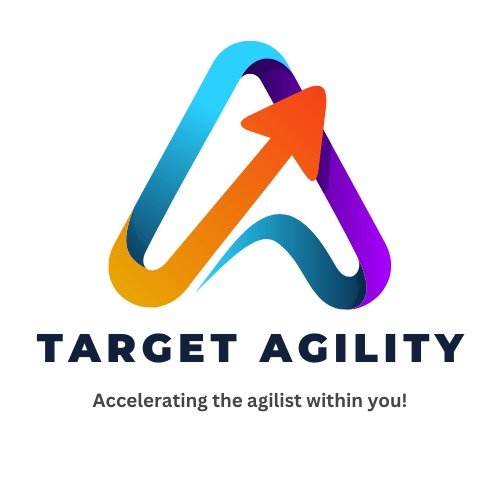With artificial intelligence growing fast, a lot of people are asking a tough question: Will AI take over roles like the Scrum Master? It’s a fair concern. After all, many tasks that once needed humans are now done faster and cheaper by machines. But when it comes to Agile teams, things aren’t so simple.
To understand the risk, we first need to get clear on what a Scrum Master actually does. This role isn’t just about running meetings or updating Jira boards. A good Scrum Master helps the team stick to Agile practices, guides daily standups, sprint planning, and retrospectives, clears roadblocks that slow progress, protects the team from distractions, and constantly looks for ways to improve how the team works.
Some of these tasks are repetitive, structured, and easy to automate — which is exactly where AI is already stepping in.
In today’s Agile teams, AI tools are doing a decent job handling things like automated standups, reporting, and backlog suggestions. Tools like Geekbot or Standuply can collect daily updates from team members and point out common blockers. ChatGPT-like systems can write summaries of retrospectives, generate reports, and even help rewrite vague user stories with clearer language and acceptance criteria.
That’s not science fiction — it’s already happening. AI is absolutely reducing the manual workload for Scrum Masters.
But that doesn’t mean the role is dead.
There are still critical things AI can’t do — and probably won’t be able to for a long time. For example, AI can’t resolve team conflicts in a real, human way. It doesn’t understand workplace politics or team emotions. It won’t notice when your developers are burned out but hiding it. And it certainly won’t know how to coach a team that’s just going through the motions without real Agile mindset.
If your team is 100% remote, doing repetitive work, and already well-organized, AI might reduce the need for a full-time Scrum Master. But remove the human element altogether? That’s not realistic — unless your Scrum Master is already just checking boxes.
Let’s look at the numbers. A 2024 report from Gartner says that AI could handle 30% of Agile documentation and reporting by 2026. That’s a chunk, but it still leaves 70% of the job in human hands. A 2023 Scrum.org survey found that while 80% of Scrum Masters believe AI can help them, only 12% feel it threatens their job. Most see AI as a tool, not a threat.
So what’s the real answer?
No, AI won’t fully replace the Scrum Master. But yes — it will force Scrum Masters to level up. If all you do is run meetings and push updates, AI can and should replace you. But if you’re someone who leads, mentors, and drives change in your team, AI will actually make you more effective.
Conclusion:
AI is changing the game, but it’s not removing the players — at least not the ones who bring real value. The Scrum Master role is evolving, and only those who adapt will stay in the game. Learn to use AI, sharpen your people skills, and focus on the parts of the job no machine can do. If you don’t, it won’t be AI that replaces you — it’ll be someone who did both better.












